Review: Once Upon a Youth (2020)
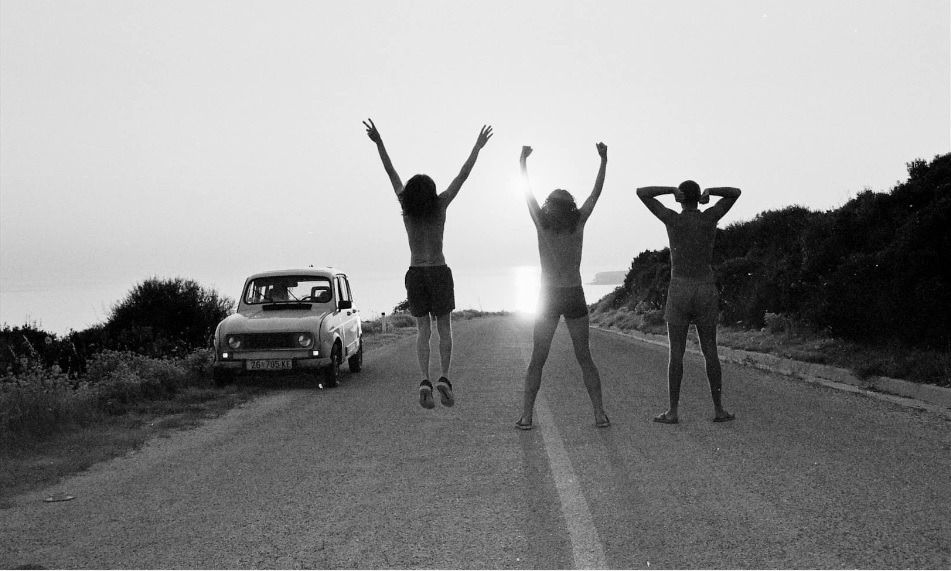
There is something special about youth friendships and relationships. We tend to get close to somebody, to share the good and bad times and find some sense in it, and then part our own way in a blink of an eye to never see each other again. Ivan Ramljak’s Once Upon a Youth is the filmmaker’s personal journey into the reconstruction of his youth friendship that was formative not just for him and his one-time best friend, but also for a wider group of people in a specific context of the late 90s post-war Zagreb.
The film, realized in the production of the Academy of Dramatic Arts in Zagreb, premiered at the online edition of the 19th Dokufest, where we had the chance to see it.
The film’s protagonist Marko Čaklović was a talented photographer, the die-hard hedonist and arguably the soul of Zagreb’s urban life and culture during the fuzzy years marked by recent war trauma and individual attempts of its inhabitants to create something for the future. Čaklović was one to model and launch a student radio station, he was a promoter of alternative music, a pioneer of VJ-ing, an avid cinephile and an artist. His hedonist lifestyle and devil-may-care attitude also lead him into the trouble with the substance abuse, leading to an accidental heroin overdose that left many of his friends perplexed and scarred.
Once Upon a Youth is a film that differs from anything in Ramljak’s past filmography. The filmmaker is known for his no-budget Bore Lee trash films, the observational documentaries about the abandoned places like the movie theatres on the Croatian islands (Kino otok, 2016, short documentary) and the landmark building in Tito’s native village of Kumrovec (Home of the Resistance, 2018), as well as his experimental work.
Ramljak’s approach here could be described as collage. All the footage used in the film was created by and credited to Čaklović (later in the film Ramljak says that the two friends wanted to make a film together) and it consists of VHS home videos and still photographs. On the other side, the content was presented via the voice-over narrations by Ramljak himself, another Čaklović’s friend, his two former girlfriends and his sister who all share their memories of Marko, their relationships with him and the times they spent together.
There is a lot of reminiscence of their trips to the concerts and the film festivals in Ljubljana and vacations on the islands off the coast of Dalmatia, their Zagreb routines (the funniest is probably a “time travelling” experiment filmed in a continuous shot inside of a car while driving around the iconic Artistic Pavilion that was once a mosque), their movie and gaming nights. There are also some hints at Marko’s inner darkness and self-destructive impulses which are along the lines with the perception of an artist as a troubled soul.
The material seems manipulated as little as possible, thanks to Borna Buljević’s work in the sound design department and Ivor Šonje’s adept editing, while the script provides an ideal balance between the continuity and the impact on the viewer. Raw in its appearance and genuine regarding the motivations of all the people involved, Once Upon a Youth is a multi-layered work of art that goes deep in painting a portrait of a unique person, a landscape of a certain place in a certain time, the philosophical aspects of friendship and the generation that tried to do something against all odds.
Original title: O jednoj mladosti
Year: 2020
Runtime: 77’
Country: Croatia
Language: Croatian
Directed by: Ivan Ramljak
Written by: Ivan Ramljak
Featuring: Marcela Škobalj, Nevena Čaklović, Vedrana Gašpić, Nenad Vukušić, Ivan Ramljak
Videos by: Marko Čaklović, Ivan Ramljak, Nevena Čaklović, Andrej Mirčev, ZKM, HRT
Photos by: Marko Čaklović
Editing by: Ivor Šonje
Music by: Tena Novak (band)
Sound design by: Borna Buljević
Dramaturgy by: Ivana Vuković
Graphic design by: Tomislav Vranić
Colourist: Ante Cvitanović
Produced by: Matej Merlić
Production company: Academy of Dramatic Arts (ADU) Zagreb
Supported by: Croatian Audio-Visual Centre (HAVC)

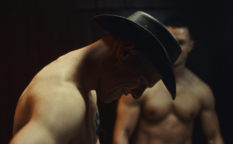
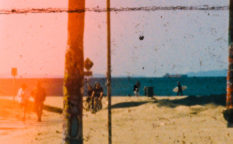
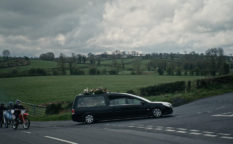
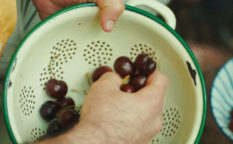
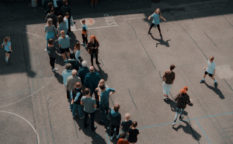











2020-11-25 @ 13:12
Great review, nicely written. Planning on giving it a try, hopefully, i will enjoy it